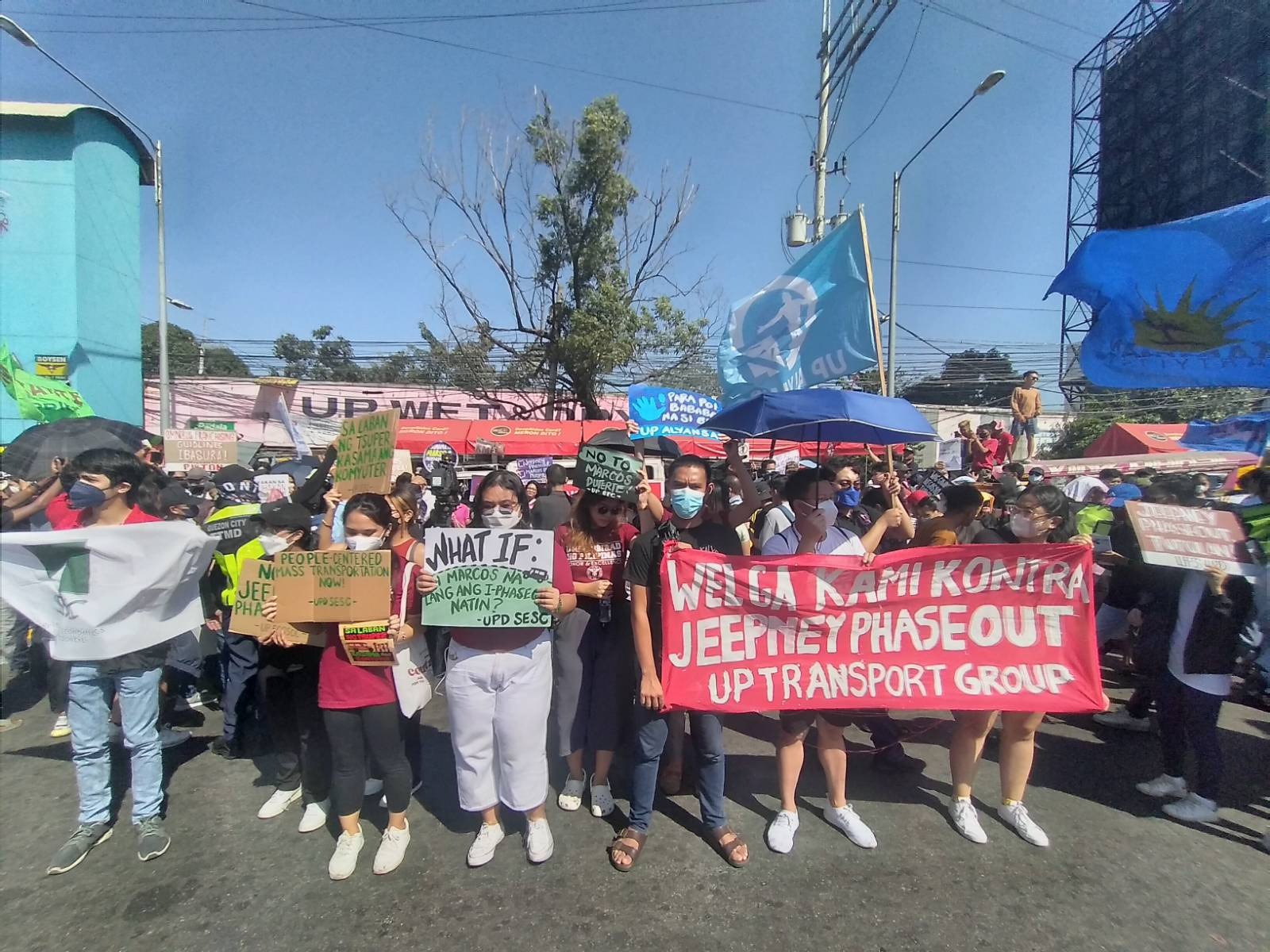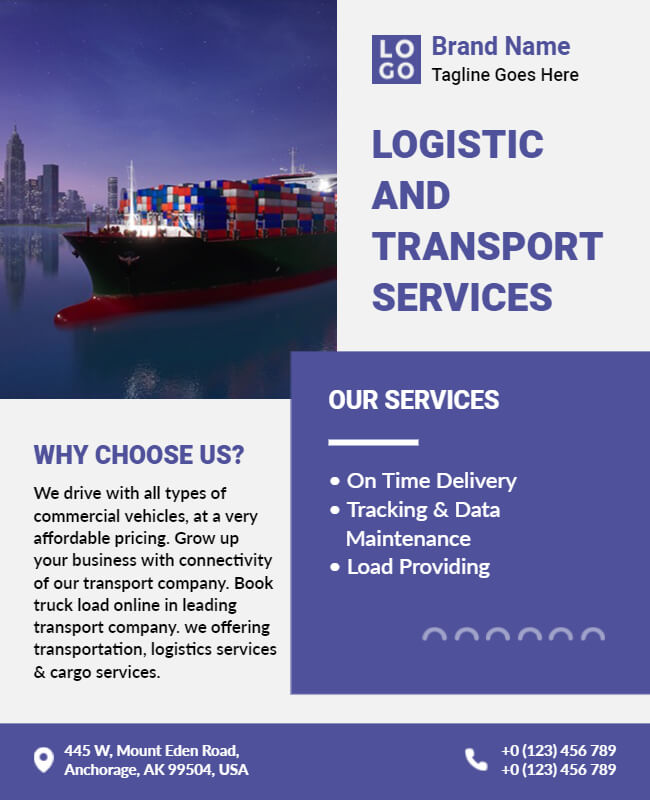Transit Advertising Philippines: Get To Countless Travelers Daily
Transit Advertising Philippines: Get To Countless Travelers Daily
Blog Article
Exactly How Transportation Advertising And Marketing Can Change Public Transport Spaces Into Dynamic Marketing Operatings Systems
Transit advertising holds significant capacity to redefine mass transit spaces right into dynamic advertising and marketing platforms that notify and involve. By making use of ingenious formats such as interactive stands and electronic screens, brands can not just get to a varied target market however likewise enhance the general traveler experience. This technique creates an unique opportunity for brands to get in touch with customers in a setting that is frequently overlooked. As we discover the diverse advantages and progressing strategies of transit marketing, it increases the concern of how this makeover might redefine our communications with both brands and the city atmosphere.
Benefits of Transit Advertising And Marketing

In addition, transportation marketing is extremely affordable compared to typical media. It permits advertisers to accomplish high impressions at lower expenses, making best use of return on investment. The captive target market of commuters supplies an opportunity for brand names to share their messages to individuals who are frequently receptive throughout their traveling times.
Additionally, the dynamic nature of transit advertising and marketing allows projects to be upgraded frequently, ensuring that messaging continues to be pertinent and timely. This adaptability can be essential in reacting to market patterns or marketing events, keeping the brand name top-of-mind for customers. Finally, the prevalent existence of transportation marketing adds to brand name recall; repeated direct exposure within familiar traveling contexts enhances brand name recognition and fosters consumer commitment, ultimately improving and driving sales brand track record.
Sorts Of Transit Marketing
Mass transit systems supply different formats for marketing, each accommodating different marketing methods and audience involvement methods. One famous kind is external bus and train covers, which cover the whole car and produce a mobile billboard impact, permitting high exposure in urban environments. These wraps can record attention as they pass through hectic streets, reaching a varied target market.
An additional prominent format is interior advertising and marketing, that includes posters, digital displays, and ads on transportation seats. These positionings engage guests throughout their trip, strengthening brand messaging in a confined room. Digital presents, in certain, provide the advantage of vibrant content, allowing advertisers to upgrade messages in real-time.
Terminal advertising is also significant, featuring posters, banners, and interactive booths within transportation stations. These ads take advantage of foot traffic and can target particular demographics based on area.
Last but not least, marketing partnerships with transportation authorities can cause one-of-a-kind campaigns, such as themed transit experiences or events, boosting the total interaction with commuters. Each kind of transit advertising offers unique advantages, allowing brand names to customize their method to effectively reach their target market within the general public transport environment.
Involving Commuters Efficiently
Travelers are increasingly inundated with marketing messages throughout their daily trips, making it crucial for brands to involve them in cutting-edge ways. To capture attention in this crowded space, marketers must prioritize imagination and importance. Using appealing visuals and concise messaging can significantly boost the possibility of involvement.
Interactive components, such as QR codes or augmented truth functions, can also transform fixed advertisements into immersive experiences, promoting a deeper link with the target market. Brands must focus on attending to commuters' passions and needs, customizing messages to reverberate with their way of living, whether via promos for regional companies or solutions made to boost their travelling experience.
In addition, timing plays an essential role; purposefully positioning ads throughout top travelling hours can take full advantage Read More Here of presence and effect. Involving travelers efficiently likewise entails leveraging social media sites integration, enabling passengers to share their promotions or experiences directly from transit systems, therefore enhancing brand name reach.
Fundamentally, efficient involvement pivots on recognizing the traveler journey and creating compelling, interactive, and relevant advertising experiences that not only record attention yet likewise drive activity and commitment. By doing so, brands can change public transport right into a vibrant marketing platform that reverberates with its audience.

Measuring Advertising Effect
Exactly how can brands accurately evaluate the effectiveness of their advertising and marketing projects in transit environments? Measuring the influence of transportation advertising and marketing requires a diverse technique that integrates measurable and qualitative metrics. One common method is tracking engagement with mobile analytics, where brand names can examine foot website traffic patterns and app interactions in the past, during, and after projects.
Studies can provide useful insights right into brand name recall and consumer belief, allowing brands to evaluate how well their messages reverberate with commuters. Additionally, keeping track of social media involvement relevant to certain campaigns can reveal shifts in public understanding and brand discussion.

In addition, collaborating with transportation firms can boost dimension precision, as they often have detailed market data on ridership fads. By incorporating these methodologies, brand names can create a detailed understanding of their advertising effectiveness, ensuring that their projects not only get to yet likewise influence their target market properly.
Future Patterns in Transit Marketing
A considerable shift is prepared for in transportation advertising as technological innovations and transforming consumer habits reshape the landscape. Transit Advertising Philippines. The assimilation of electronic screens and interactive media is expected to improve involvement, enabling brands to deliver dynamic content that resonates with diverse target markets. As mass transit systems welcome clever technology, marketers will certainly take advantage of real-time information analytics to tailor messages based upon guest demographics and habits
Furthermore, increased truth (AR) is positioned to reinvent the way travelers communicate with ads. By giving immersive experiences, AR can transform a mundane journey right into an appealing story that captures interest and cultivates brand loyalty. This innovation will likely motivate marketers to create even more experiential projects that drive customer interaction.
Sustainability is one more vital pattern affecting transportation marketing. As environmental awareness expands, brands will increasingly seek to line up with green practices, utilizing sustainable products and promoting environment-friendly efforts within their campaigns.
Final Thought
In verdict, transportation advertising and marketing supplies significant benefits by improving brand visibility and engaging a restricted audience. Via various layouts, such as outside covers and electronic displays, it transforms public transport into a dynamic marketing system. Reliable interaction methods and robust dimension techniques better enhance its effect. As patterns advance, the potential for innovative interactions between commuters and brand names is poised to expand, making certain that transportation marketing continues to be a vital part of modern-day advertising and marketing methods.
Transportation marketing holds significant potential to redefine public transport spaces into vibrant advertising systems that engage and notify. The prevalent visibility of transportation advertising and marketing adds to brand recall; duplicated direct exposure within familiar traveling contexts enhances brand name recognition and promotes customer commitment, eventually driving sales and boosting brand online reputation.
Just how can view brands properly examine the performance of their advertising projects in transit settings?In final thought, transit advertising uses significant benefits by boosting brand name visibility and engaging a restricted target market. Transit Advertising Philippines. As patterns progress, the potential for ingenious communications in between brand names and commuters is positioned to expand, making certain that transit advertising continues to be an important component of contemporary advertising strategies
Report this page